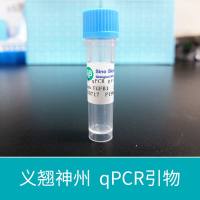Biological cells accomplish their physiological functions using interconnected networks of genes, proteins, and other biomolecules. Most interactions in biological signaling networks, such as bimolecular association or covalent modification, can be modeled in a physically realistic manner using elementary reaction kinetics. However, the size and combinatorial complexity of such reaction networks have hindered such a mechanistic approach, leading many to conclude that it is premature and to adopt alternative statistical or phenomenological approaches. The recent development of rule-based modeling languages, such as BioNetGen (BNG) and Kappa, enables the precise and succinct encoding of large reaction networks. Coupled with complementary advances in simulation methods, these languages circumvent the combinatorial barrier and allow mechanistic modeling on a much larger scale than previously possible. These languages are also intuitive to the biologist and accessible to the novice modeler. In this chapter, we provide a self-contained tutorial on modeling signal transduction networks using the BNG Language and related software tools. We review the basic syntax of the language and show how biochemical knowledge can be articulated using reaction rules, which can be used to capture a broad range of biochemical and biophysical phenomena in a concise and modular way. A model of ligand-activated receptor dimerization is examined, with a detailed treatment of each step of the modeling process. Sections discussing modeling theory, implicit and explicit model assumptions, and model parameterization are included, with special focus on retaining biophysical realism and avoiding common pitfalls. We also discuss the more advanced case of compartmental modeling using the compartmental extension to BioNetGen. In addition, we provide a comprehensive set of example reaction rules that cover the various aspects of signal transduction, from signaling at the membrane to gene regulation. The reader can modify these reaction rules to model their own systems of interest.






